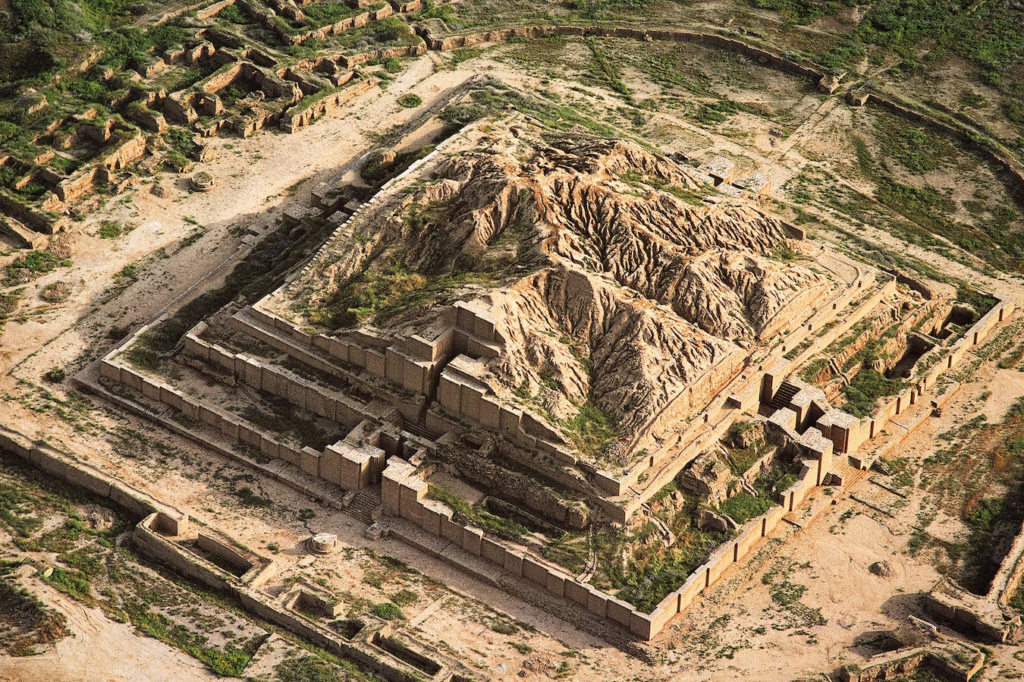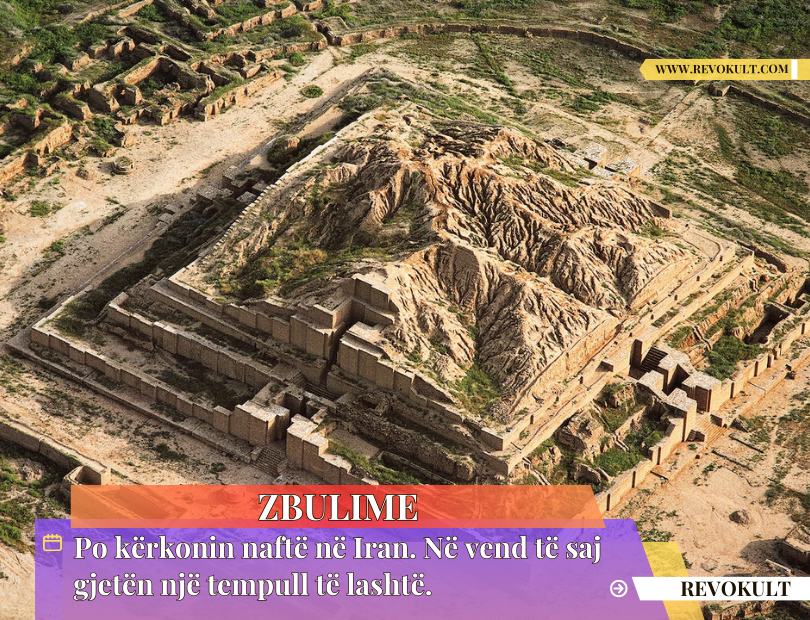Duke kryer një mision zbulimi në vitin 1935 mbi rajonin Khuzestan në Iranin jugperëndimor, kërkuesit e naftës vunë re një kodër me pamje të çuditshme në peizazh. Shërbimi Arkeologjik iranian u njoftua për zbulimin. Ata nga ana e tyre kontaktuan delegacionin arkeologjik francez në Iran, i cili po gërmonte në Suzën aty pranë, kryeqytetin e lashtë të mbretërisë Elamite.
Kur arkeologët francezë të udhëhequr nga Roland de Mecquenem inspektuan tumën, ata gjetën se ajo përmbante rrënojat e një qyteti. Studimet e mëvonshme do të zbulonin një zigurat në zemrën e tij, më i madhi jashtë Mesopotamisë.
Ekipi francez e identifikoi tumën si Dur Untash i lashtë, “qyteti i Untashit”, i ndërtuar nga Untash-Napirisha, një mbret elamit. Untash-Napirisha, i cili rridhte nga një varg i gjatë mbretërish elamitë që kishin dominuar rajonin për shekuj, mbretëroi rreth fillimit të shekullit të 13-të p.e.s. (Varrosur për 4000 vjet në Iran.)
Duke u shtrirë në pllajën në lindje dhe në veri të Gjirit Persik, Elami shtrihej në kufirin e sotëm të Iranit dhe Irakut. Ai përbëhej nga një federatë e lirshme udhëheqësish, kryemonarku i të cilit sundonte nga qyteti antik i Suzës.


